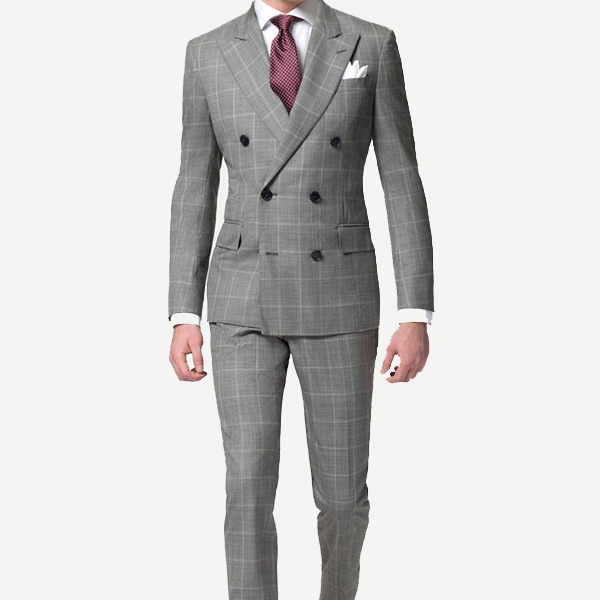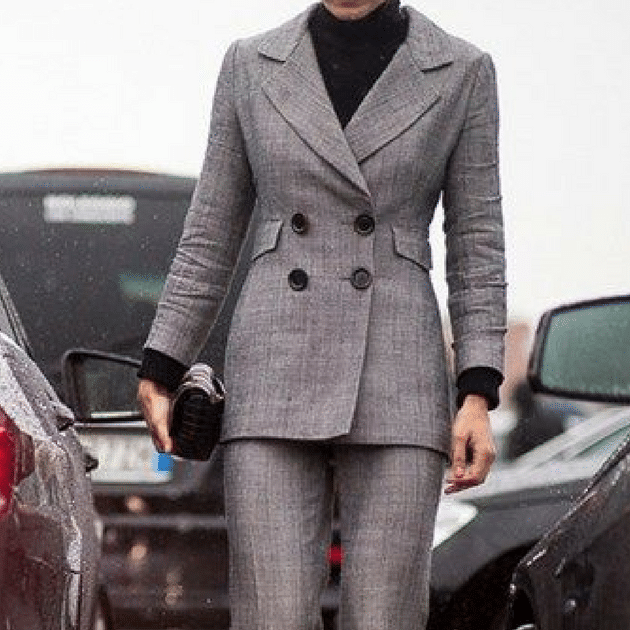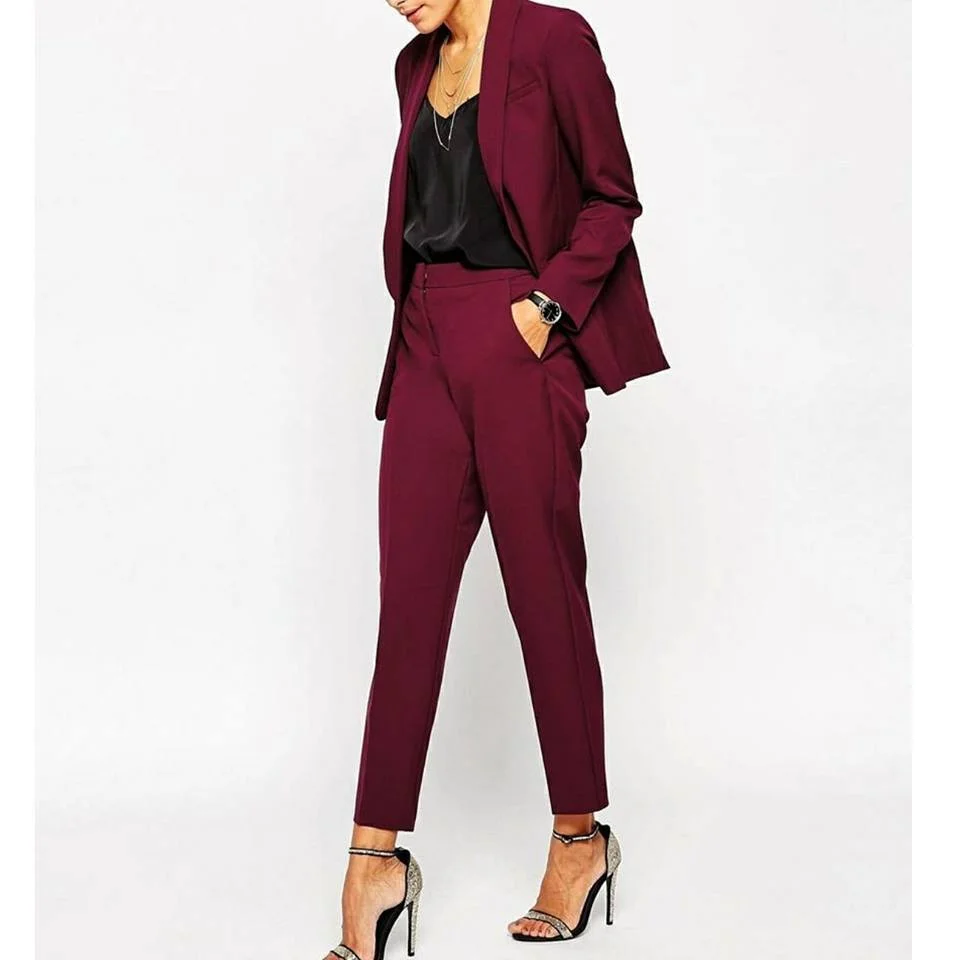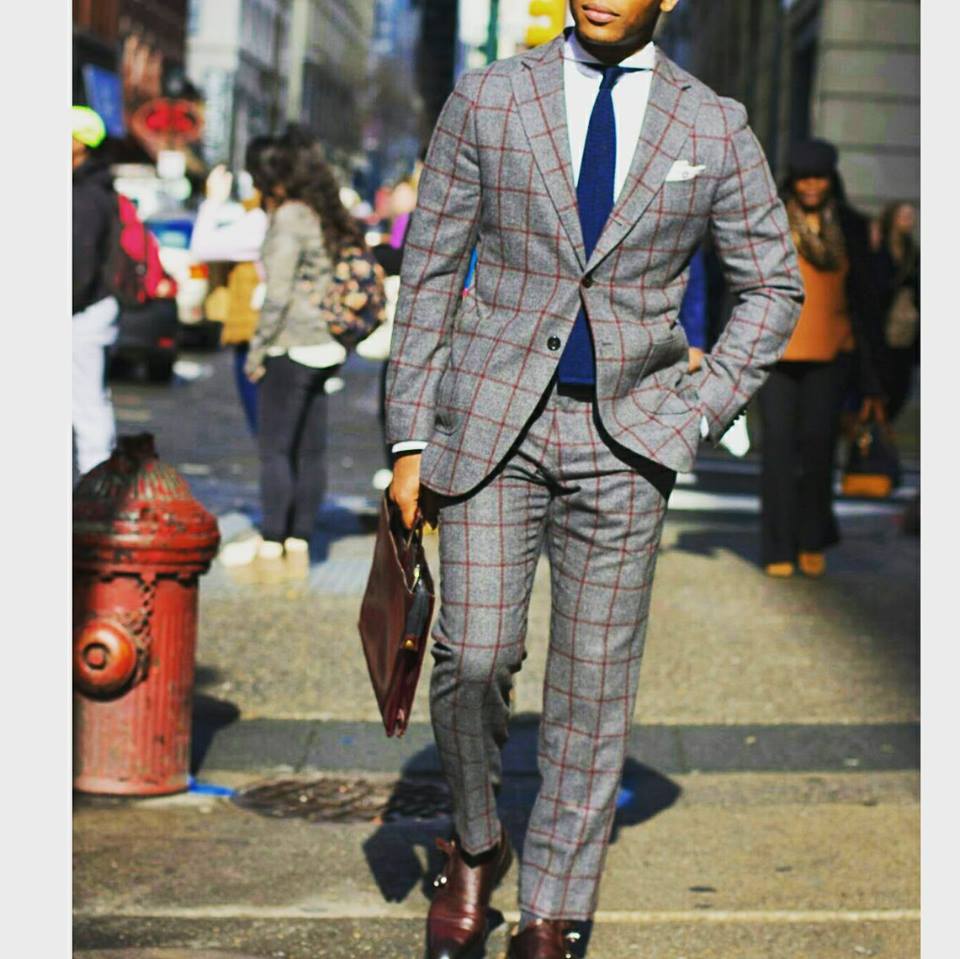Finding the Perfect Suit: Style Details You Should Know
Hemant Varshney
Ever since suits came into vogue in the early 19th century, they’ve been a staple of the professional and formal wardrobe. But suits have come a long way since their inception when coat tails, silk stockings and (yikes!) knee breaches were all part of the suiting up process. In today’s world, components like lapels, buttons and pants are the focus of your suit and making sure you have the right cut and style could be key in developing a flawless look. The specialists at custom clothiers Astor Vance, can educate you on the different types of suits so you can find which styles are most becoming for you.
Suits are commonly divided into two categories, a two-piece or a-three piece. While a two piece consists of just pants and a jacket, the three-piece has a waistcoat as an added feature. For a more formal look, men will opt for a tuxedo which can also come in two or three-piece formats as well. Tuxedos are rarely worn before 6 PM and are usually black.
Single or Double-Breasted: When thinking about the features of the suit, we might want to first focus on whether the suit is single or double-breasted. The determining feature here is the number of rows of buttons on the front of the jacket. A single-breasted suit has only one row of buttons, overlapping only enough to allow the suit to button and is great for an everyday work environment. A double-breasted suit features two rows of buttons offering a significant amount of overlap and just the right touch of flair for more formal events.
Lapels: Lapels are the folded material on the jacket of the suit which runs across the chest from the waist to the shoulder. Different cuts of the lapels are key features in what can make a suit work for you.
Peaked: These fashionable lapels work best for formal occasions. They feature edges that point upward towards the shoulder and work well on a double-breasted suit.
Notch: Notch lapels are the most common of all the lapels. They are sewn to the collar at a 75-95 degree angle creating a step effect. They are most often a feature of a single-breasted suit.
Shawl: The shawl lapel features a continuous curve with no cut or break. They are usually made of satin and can be often found on dinner jackets and tuxedos.
Pants: The choices in suit pants are generally a lot less complex than those of the jackets. You’ll want to look for either a pleated or flat front, and a cuffed or straight leg. A cuffed leg might add weight to the leg of the suit, while a straight leg is ideal for a more formal, elegant look. Whether the pants are pleated or flat front may be dictated by current trends.
Country of Manufacture: While knowing where a suit was made is not as important of a component in considering suit choice as it once was, it’s still a good idea to familiarize yourself with what to expect from suits made in different parts of the world.
Italian: Italian suits may be most flattering for a slimmer build, with features like a V-shaped jacket with padded shoulders and full chests. Pockets are typically flapless (or slash).
British: If you have an athletic build, you might want to go with a suit made in Britain. More military in style, these suits feature a pinched waist, padded shoulders two vents and flap pockets. The suits may come in a radical striped or plaid patterns.
America: American suits will flatter men with larger frames. Often referred to as the ‘sack suit’, these have natural shoulders, a single vent in the back, flap pockets and straight hanging lines.
If you’re in the market for a great new suit, think about your build and the occasion you will be needing the suit for. Then go to your Astor Vance specialists. They will customize a suit that will guarantee you are dressed to impress.







